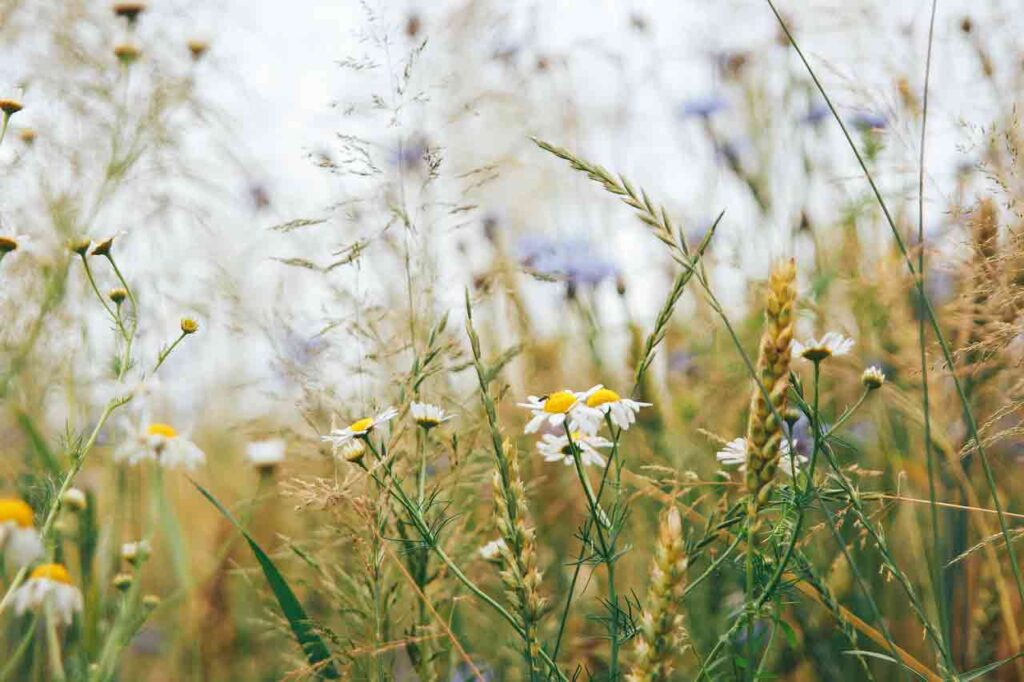Library image
Canterbury City Council has put the needs of pollinators and their habitats at the heart of its approach to managing its land through its Pollinator Action Plan (PAP) and with spring in full bloom, it’s a vital time for creating and improving the habitats of pollinating insects throughout the district, which is highlighted by the national No Mow May (NMM) initiative.
The council’s approach through the PAP is to go further than NMM by identifying sites in its ownership that have been managed as amenity grass (which involves more frequent cutting), but instead benefit from a reduced cutting regime of twice a year in June and September which will allow grasses and wildflowers to flower and set seed over a longer season, rather than just having the month of May.
It’s because of this that the council does not sign up to NMM. The presence of grassland and pollinator habitats that only last for one month before being stripped away creates the risk of a sudden deficit of pollen for the insect population.
The council say a blanket No Mow May policy would also presents operational difficulties for the grounds maintenance team at Canenco meaning that by not cutting the grass for up to six weeks at a time would see rapid growth and a mass of grass to cut on the first cut in June.
In addition, after the first cut in June, there would be huge piles of cut grass which would be in place for weeks which do not disperse and are left to rot down and increase nutrient levels killing off the grass below.

Library image
Local residents can expect to see cutting continue on some land during May, but there are sites across the district that will be left uncut in line with the approach set out in the PAP.
Residents wishing to enjoy a site managed well for pollinators can visit Wraik Hill, Reculver Country Park or Curtis Wood, where there will be extensive areas demonstrating the benefits of not cutting grassland until late summer.
Cabinet member for open spaces, Cllr Charlotte Cornell, said:
“This council takes its responsibilities towards the environment very seriously and spent a long time speaking with local ‘Friends of…’ groups and environmental groups when putting together the Pollinator Action Plan.
“It was very well received and demonstrates our commitment to ensuring we put a lot of emphasis on supporting pollinators and the many benefits they bring to our district, and managing our land in the most appropriate way to achieve this.
“We are lucky to have a raft of very active and passionate ‘Friends of…’groups locally who do such a great job helping to look after our open spaces, and our continued thanks goes out to them for everything they do and the care and love they show for the environment.”
Cabinet member for biodiversity, Cllr Mel Dawkins, said:
“Our maintenance approach has been very carefully considered. We know there are limited ecological benefits if we stop cutting in May and then restart in June.
“It is far better to develop a mowing regime that allows a greater range of plants to flower and then set seed, and the move to conservation cuts achieves this.
“We already manage around 40 hectares of land as conservation/meadow grass in the district, but we will be looking to increase this further over the next few years, working closely with ‘Friends of…’ groups, residents and councillors to identify the right locations.
“We definitely don’t want to discourage anyone from carrying out No Mow May in their own front or back garden or their lawn, but the timeline of the council’s own open spaces falls under a different, well-managed regime, which is unique to our estate.”